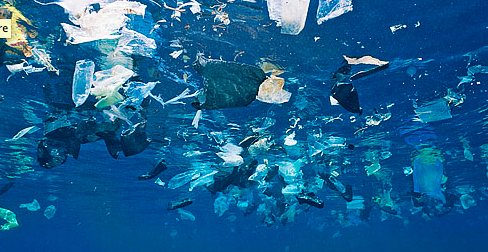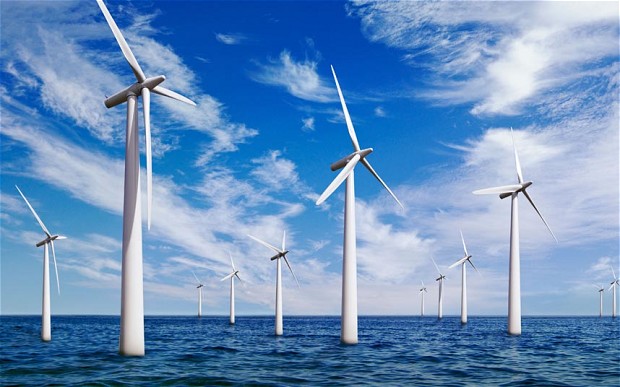It’s easy to think of climate change as a far-off danger. Most people know that rising tides and temperatures will change our planet dramatically, but the distance between predictions for 2100 and the comparatively small changes we’re seeing now lets us imagine this as a future problem. Our great-grandkids, riding around on hoverboards in holographic spacesuits, might live in a dystopian world, but surely they’ll have the technology to fix everything by then. Unfortunately, objects in the mirror are closer than they appear: there are already climate refugees within the United States’ own borders.
Off the coast of Louisiana, the Biloxi-Chitimacha-Choctaw tribe is watching the Gulf of Mexico cover its ancestral home on Isle de Jean Charles. Across the country, the Quinault Indian Nation of Washington’s Olympic Peninsula faces a similar fate. While this is an immeasurable and wholly unfair loss, these two communities are fortunate in that they’re small enough to be resettled inland as distinct entities. The same cannot be said for Miami (population: 417,650) or New York City (8,550,405).
According to the National Oceanic and Atmospheric Administration, 39% of the U.S. population lived in counties bordering an ocean in 2013. The advantage that led people to settle near the water – proximity to the ocean which made international trade possible – has become a major weakness. Yet, despite broad awareness that urban infrastructure in most U.S. cities cannot handle several feet of sea level rise, adaptation is proving to be a mega-challenge. Even the most proactive cities are still in the early stages of their adaptation efforts.
In response to the double threats of land erosion and increased flooding, Virginia Beach residents built a strong adaptation network including nearby townships, businesses, and universities. Even the federal government has been a partner in their efforts since a local Naval base is also threatened. They’re ahead of the game on holistic vulnerability assessments and intergovernmental cooperation. They’ve considered innovative adaptation options, even calling in the Dutch for strategies on living with water. Even here, it’s been hard to make it from the planning stage to implementation.
So what’s making it so difficult for U.S. cities to move forward? In most places, the problem is no longer a lack of political will or a technological deficit: it’s that our legislative bodies aren’t equipped to deal with uncertainty.
There aren’t definitive numbers for temperature change and sea level rise because of the sheer number of variables that could change our climate future. Even authoritative models, like those published by the Intergovernmental Panel on Climate Change, have to divide their predictions into “scenarios” based on different levels of future greenhouse gas emissions. How, then, can a city government figure out how to adjust its regulations? What level of sea level rise will buildings built today have to withstand in 50 years? Just how dangerous will urban heat islands become? Overestimating the problem would likely result in political backlash, and underestimating it would leave citizens unprotected from the impending storm. Uncertainty demands more flexibility and faster reactions than most city governments can handle.
This semester, I will explore policy solutions to the challenges of urban climate change adaptation. U.S. cities have to transform if they are to withstand inevitable change over the next century, and that transformation likely needs to be more than a physical one. We can no longer wait to build Tomorrowland: the ocean is already lapping at our front doors.













